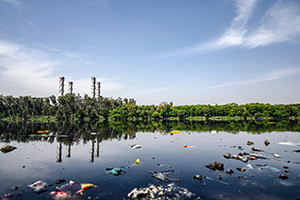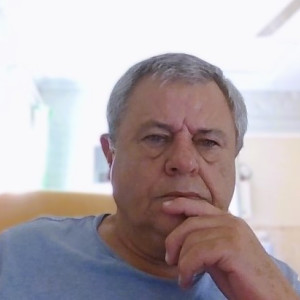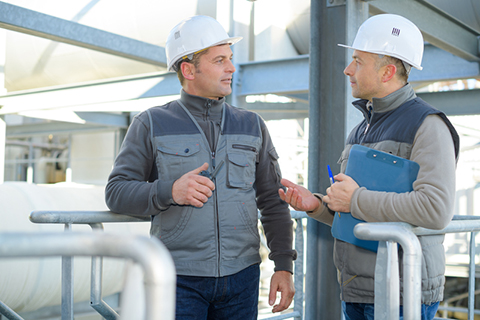
Environmental Education: Water Pollution
Environmental Education: Water Pollution

What You Will Learn In This Free Course
- Recognise the severity and urgency ...
- Explain how water travels from wate...
- Define the term ‘pollution’...
- Identify the various sources and ca...
- Recognise the severity and urgency related to water quality and quantity
- Explain how water travels from water bodies into the atmosphere and back again and how humans interact with this cycle
- Define the term ‘pollution’
- Identify the various sources and causes of water pollution
- Compare the relative amount of water used in different sectors of society
- Analyse an item of clothing to discover its water-use and environmental impact
- Recall some of the possible ways to conserve water and reduce or eliminate water pollution
Explore Careers Related To This Course
Complete This CPD Accredited Course & Get Your certificate!
Certify Your Skills
A CPD accredited Alison Diploma/Certificate certifies the skills you’ve learnedStand Out From The Crowd
Add your Alison Certification to your resumé and stay ahead of the competitionAdvance in Your Career
Share your Alison Certification with potential employers to show off your skills and capabilities
Learner Reviews & Feedback For Environmental Education: Water Pollution





Want to create a customised learning path for your team?
Our dedicated Learning Advisors are here to help you curate a customised learning path tailored to your organisation's needs and goals.
Not sure where to begin?
Discover the career most suitable for you and get started in the field with a step-by-step plan.
Get your Plan
More Free Online Courses by This Publisher
Learners Who Took This Course Also Enrolled In
- Understanding Drainage and Water Distribution Systems
- Sustainable Architecture: Energy Efficiency and Quality
- Becoming a HVAC Professional
- ISO 50001: 2018/Amd 1: 2024 - Energy Management Systems
- Electric Power Metering - Single and 3-Phase Systems
- Energy Management and Regulation
- Financing Energy Projects
- ISO 50001:2018 - Elements of Energy Management System (EnMS)













 CPD Accredited
CPD Accredited
 Knowledge & Skills You Will Learn
Knowledge & Skills You Will Learn
 $36,503
$36,503









